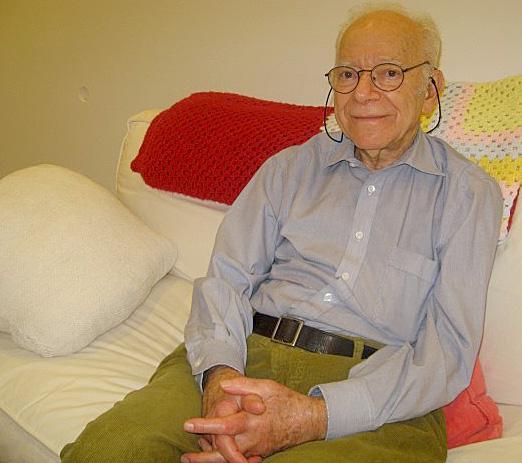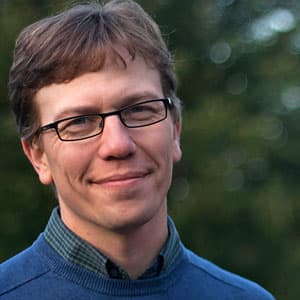Advertisement
Mass. Inventor: Full-Body Airport Scanners Unflattering, Useful

The public outcry over airport scanners and TSA pat-downs has one Cambridge scientist shaking his head.
Thirty years ago, Martin Annis invented the backscatter X-ray technology in those full-body scanners. The company he founded — American Science & Engineering, now in Billerica — supplies airports with some of today’s machines.
There’s one thing Annis has in common with the folks who plan to protest airport security Wednesday. The 88-year-old — who’s so thin he has to cinch his green corduroys tight to stay on his waist — he’s not a fan of pat-downs.
"I wouldn’t want to do that, would you? Have someone put his hands all over your body?" he asks.
Annis doesn’t understand why anyone would even get to that point. Pat-downs are mainly for people who decline going through the invention he developed, the full-body scanner.
"The pat-down is unbelievably more obnoxious than the technology in these machines," he says.
When Annis first developed the technology known as backscatter X-ray three decades ago, the whole idea was to reduce radiation exposure, to show just enough of what’s on your body, rather than have the X-rays penetrate to see inside. But Annis had a clue some people might be weirded out by it.
"The pat-down is unbelievably more obnoxious than the technology in these machines."
Martin Annis
"When I first invented the system, people would say, ‘Well, what would a woman look like?’ And everybody has not good motives in this," Annis says.
He asked a relative of his to test it — a pretty, young woman. He says it made her less attractive.
"You don’t see the woman’s nipple. They look a little bit like Barbie dolls. So in fact, it’s not very sexual," he says.
Annis says the machine’s images are not flattering to anyone. You know how the camera puts on 10 pounds? Well, so does the full-body scanner.
"Well, you don’t look very nice, even if you think you’re in fairly good shape," he says, laughing. "Most people don’t think they have love handles, but they do."
For years, Annis knew he had a good technology. He says you get hundreds of times more radiation just flying on a plane than you do from one of his backscatter X-ray machines.
Advertisement
"It’s truly ridiculously small," Annis says.
But the machines weren’t catching on. His company sold a few to prisons, secure places like that. It wasn’t until Sept. 11 that airports were finally interested.
Annis doesn’t want another plane to go down for people to see the need. So the public push-back today disappoints him. He thinks the people organizing Wednesday’s airport security opt-out are doing it for the attention, or they don’t trust the science. But Annis is old enough to be amused by the whole thing, too.
"That guy who got all this publicity: 'Don’t touch my junk,'" he says, laughing. "You know, it is what it is, isn’t it?"
Annis has never been scanned by one of the airport machines. But the Cambridge resident will be flying next week. And he’s hoping he’ll be selected.
He’ll spend a minute walking through, knowing TSA workers will see the contours of his skinny-legged body, and he’ll be more than OK with it.
Related:
This program aired on November 23, 2010.
